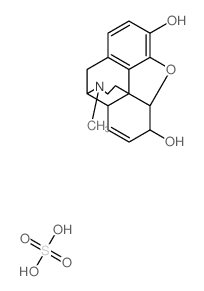| Structure | Name/CAS No. | Articles |
|---|---|---|
 |
diacetylmorphine
CAS:561-27-3 |
|
 |
Lithium chloride
CAS:7447-41-8 |
|
 |
Lidocaine
CAS:137-58-6 |
|
 |
Muscimol Hydrobromide
CAS:18174-72-6 |
|
 |
Lidocaine HCl
CAS:6108-05-0 |
|
 |
morphine sulfate
CAS:64-31-3 |